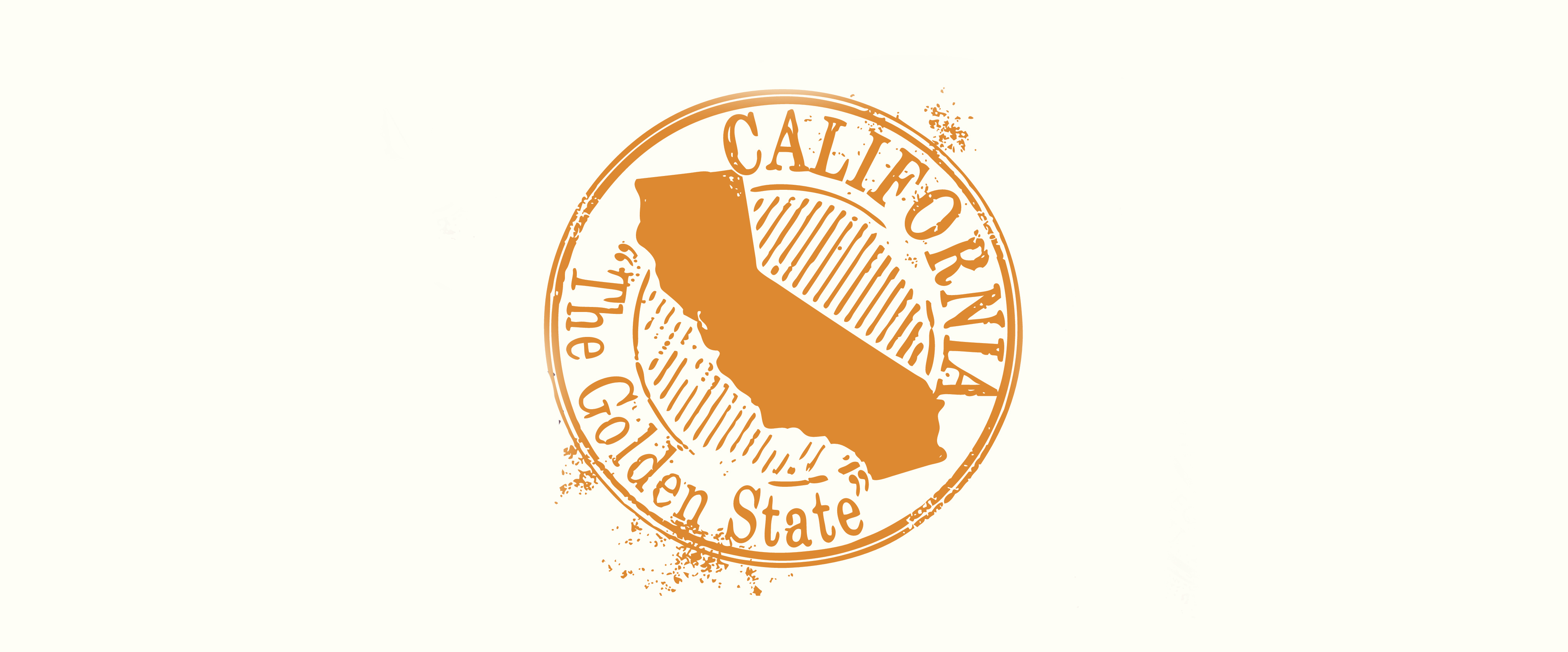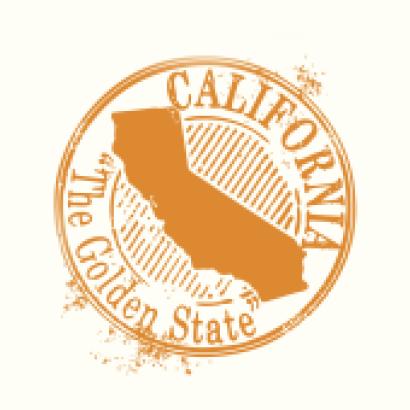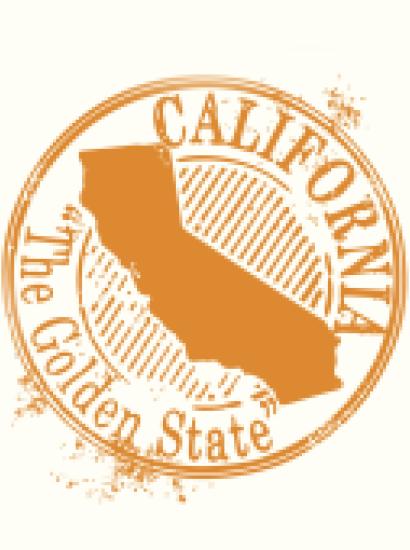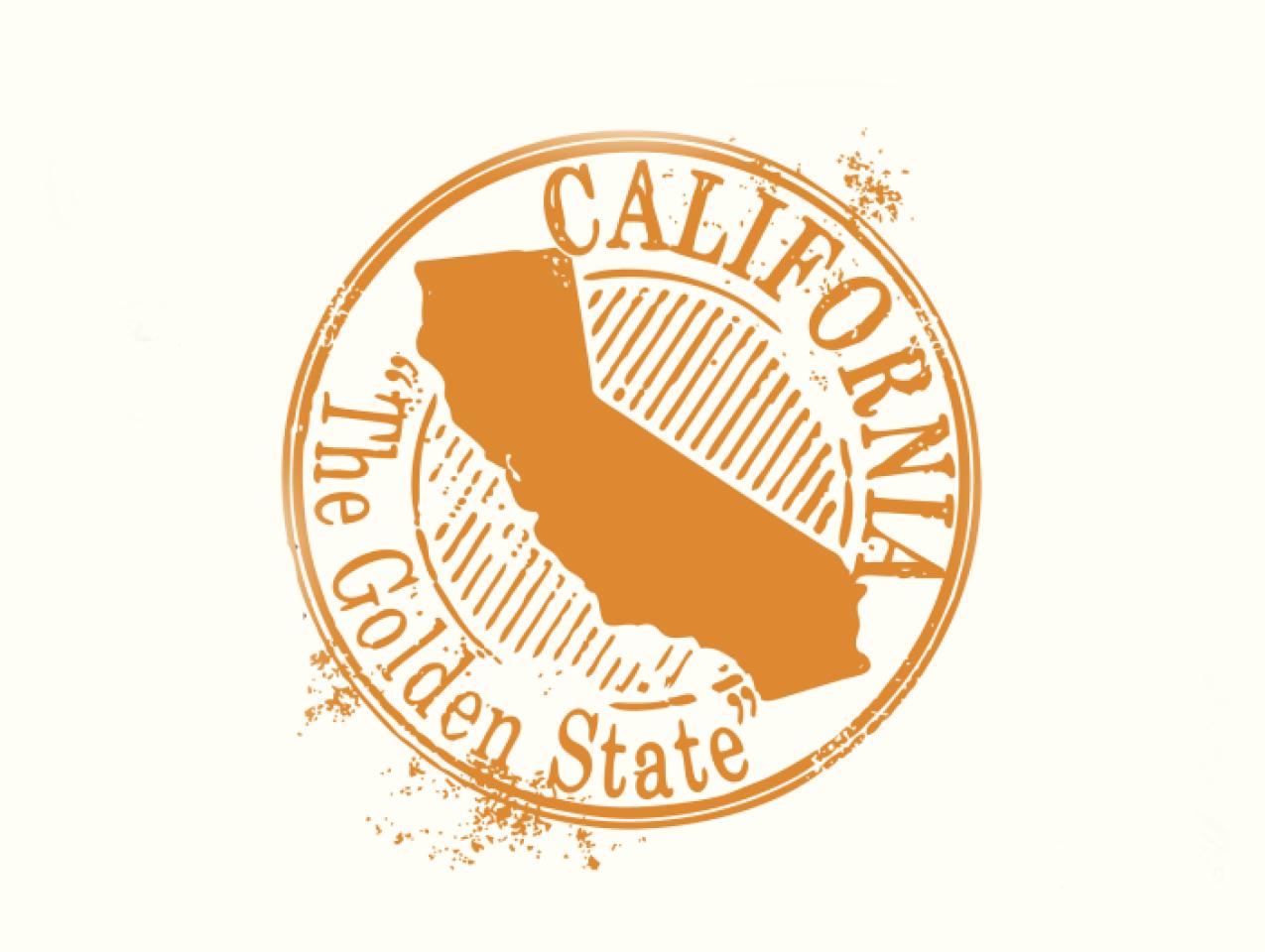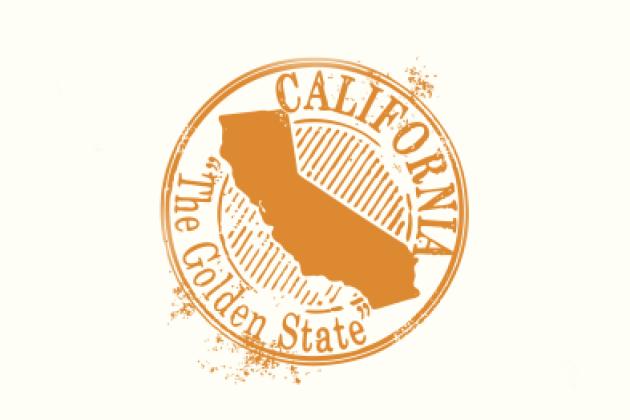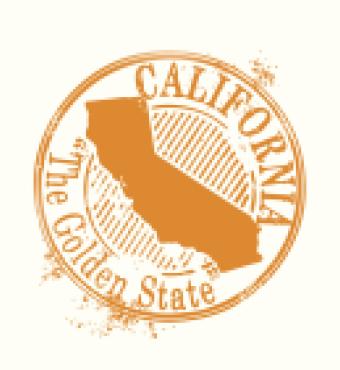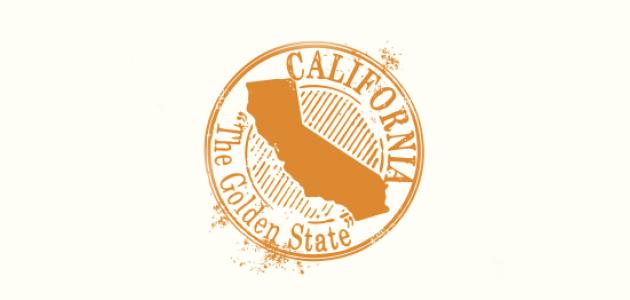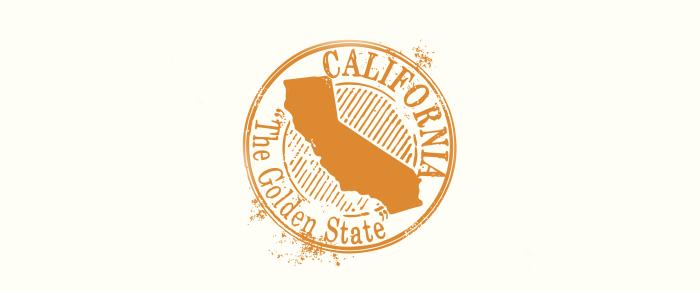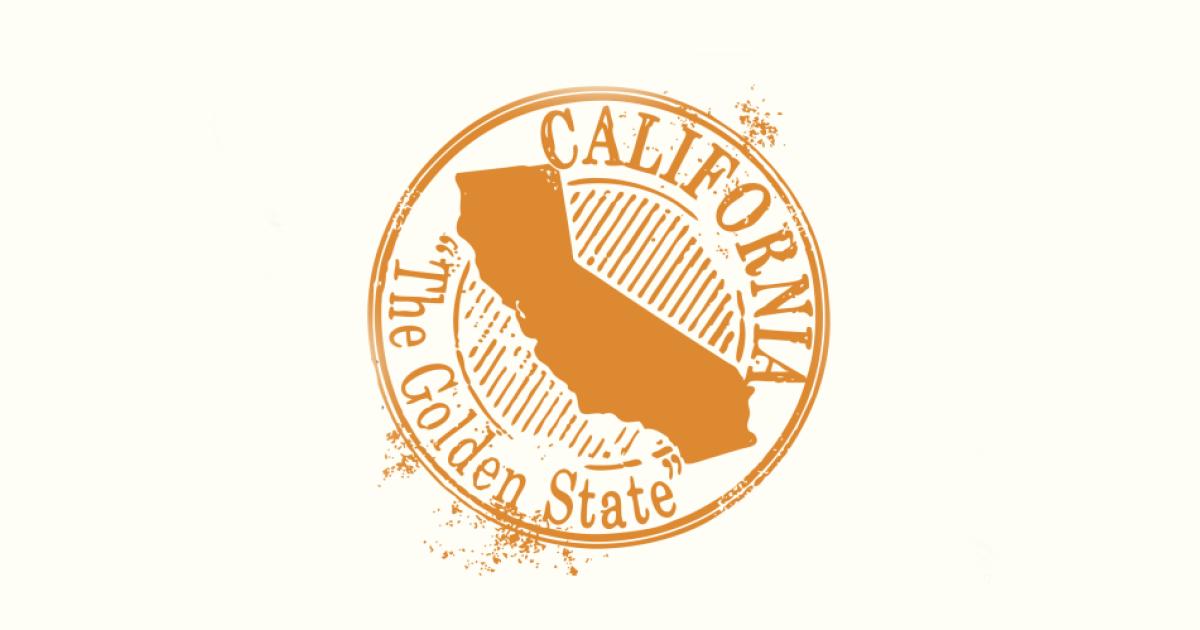- Politics, Institutions, and Public Opinion
- Campaigns & Elections
Three consecutive polls show Republican gubernatorial nominee, Neel Kashkari, in the low-to-mid 30’s against incumbent Governor Jerry Brown. On the bright side, Kashkari isn’t really losing ground; on the down side, the Republican hasn’t seen a post-primary bounce.
But should Californians Republicans be concerned by their nominee trailing the incumbent by 20 points? While Republican Neel Kashkari does face very daunting odds, looking deeper into the most recent Field Poll and previous gubernatorial polls gives Republicans glimmers of hope that the race should narrow.
Is Jerry Brown as formable as consensus suggests?
There’s no doubt about it; any sitting Governor would love to have 52% of the vote especially when your opponent sits 20 points back and just 16% remain undecided. But shouldn’t the Democratic incumbent of a state with a Democratic-Republican voter registration gap of 15 points and a PVI of D+9 be doing better than just 52%?
Yes, Brown’s 52% is much better than Arnold Schwarzenegger’s 45% in his initial post-primary, general election Field Poll and significantly better than Democrat Gray Davis’ 41% in 2002, but Brown’s net approval rating is over 3 ½ times higher than Schwarzennger’s in July 2006 and Davis had a net disapproval rating of 14 points at a similar point in his re-election bid.
Meanwhile, in the lead-up to Brown’s first re-election campaign, Field Poll put Brown’s favorable rating at 71%; he went on to win that election by almost 20 points against an underfunded, lackluster Republican candidate (Brown’s strategic flip-flop on Prop 13 also helped). At just 54%, Brown’s favorability rating is drastically lower than it was in the spring of 1978.
There is no doubt that Brown is the clear front-runner and the 2014 race is definitely his to lose. But as pointed out in a February San Jose Mercury piece, Brown’s numbers do show some theoretical vulnerability. While not enough to permit a Republican victory, those vulnerabilities could be enough to close the gap.
Neel Kashkari is still a blank slate.
Compared to the Whitman-Poizner primary clash, Kashkari’s $2 million primary expenditure was an excellent investment. Against his vastly underfunded Republican opponent – Assemblyman Tim Donnelly – it was enough to get 19% and the second spot in California’s top-two open primary system. But with limited primary spending comes limited name recognition for the first time candidate.
In her first post-primary, general election Field Poll, 82% of likely voters had an opinion of Meg Whitman (40% favorable vs. 42% unfavorable). Coming out of the 2006 primary, Democrat Phil Angelides was known by 79% of likely voters (41% favorable vs. 38% unfavorable). And 69% of likely voters had an opinion of Gray Davis’ Republican challenger, Bill Simon, following the 2002 primary (30% favorable vs. 39% unfavorable). Meanwhile, 56% of likely voters don’t have an opinion of Neel Kashkari (28% favorable vs. 16% unfavorable).
While Phil Angelides had held a statewide elected position prior to running for Governor, Whitman and Simon, both successful in business, lacked a statewide platform from which to launch their gubernatorial campaigns, but because of high-profile, expensive primaries, they built name ID during the primary season.
But Kashkari’s limited name recognition does have a silver lining. Unlike Simon and Whitman, the 2014 GOP nominee has a sizable net favorable lead and since the primary, he’s seen his favorable rating increase 43% compared to a 20% drop in his unfavorable rating – a sign that as people get to know him, they like the Republican.
Still, Neel Kashkari needs to lock down his base.
Republicans running statewide obviously need strong margins with Republican voters, but also with conservatives, and regionally from San Diego/Orange counties (South Coast), other Southern California, and the Central Valley. Based on the Field Poll, Kashkari’s team has work to do in these areas.
Among Republican voters, Brown wins 13%, better than his July 2010 9% showing, but in line with Gray Davis’ July 2002 14%. Meanwhile, Kashkari’s 71% is better than Simon’s 67%. Simon’s problem stemmed from his bitter campaign against moderate Republican Los Angeles Mayor Richard Riordan. Among those Republicans who didn’t vote for Simon in the primary, Davis was winning 18% compared to just 2% of those Republicans who had supported Simon. Kashkari’s struggles with Republicans don’t seem to be because of the primary; for instance, just 10% of strongly conservative voters – Tim Donnelly’s natural base – support Brown. Kashkari’s partisan softness stems from moderately conservative voters – oddly, given his more moderate tendencies. Among these voters, Brown and Kashkari are effectively tied (40% and 42%, respectively). Whitman and Simon led with moderately conservatives by 38 and 33 points, respectively.
Regionally, Kashkari is just holding Brown to a draw (41% a piece in the South Coast, 42% for Brown vs. 40% for Kashkari in the Central Valley, and 41% to 46% for a slight other SoCal lead).
This failure to lock down the base is likely because of both Jerry Brown and Neel Kashkari. Brown has managed to come across very reasonable during his 3rd term in office, which likely helps him with moderately conservative voters. This is then coupled with Kashkari’s anonymity. As the second issue is resolved, it will help to counter the former.
Overall, it would appear that Brown might have an electoral ceiling in the mid 50’s, putting Kashkari’s eventual support in the mid 40’s. As analyzed following the 2012 election, an average Republican statewide should garner about 44% of the two-party vote. Yes, being down 20 points isn’t ideal for a challenger, but as mentioned in early April, be weary of early polls, particularly when one candidate is still unknown and the electorate isn’t engaged. Let’s re-examine the race when Kashkari has improved his statewide name ID.
 Carson Bruno on Twitter: @CarsonJFBruno
Carson Bruno on Twitter: @CarsonJFBruno







